Is the Sega Mega Drive/Genesis the best games console of all time, ever?
16-bit hero
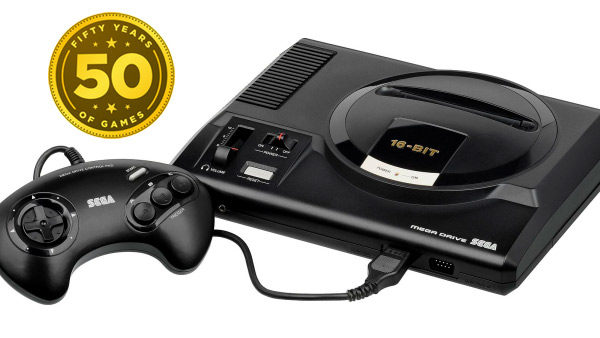
The Sega Mega Drive (or Sega Genesis if you lived in North America) isn’t one of the highest selling consoles of all time, but it is easily one of the most important, and its fierce rivalry with Nintendo and its SNES machine brought about a golden axe age of home consoles.
We're celebrating 50 Years of Games in conjunction with the Golden Joystick Awards 2021, the world's biggest public-voted games awards show. This year's show will celebrate a milestone in gaming history, the release of Computer Space, the world's first commercial arcade machine in November 1971. And we'll be looking for your votes on the best console of all time (starting 3PM GMT, November 8) – will the Mega Drive / Genesis make the cut?
Launched in Japan as the Sega Genesis way back in 1988, it fast became a fixture kids' bedrooms around the world, and now holds a very special place in the hearts of millennials everywhere.
Many console generations are defined by the rivalries between the major players, and the 16-bit era saw Sega pulling out all the stops in a bid to beat Nintendo. School yards across the globe were split between Nintendo and Sega fans, and while the Mega Drive/Genesis didn’t beat the SNES in the end, it was a revolutionary product that was in production for almost 10 years, and is home to more than 900 games.
There may be a little of the old Sega fanboy in me when I say this, but without the Mega Drive/Genesis many of the features we take for granted in modern games consoles would never exist.
The cool kids' console
When Sega released the Mega Drive in Japan in 1988 (launching later as the Genesis in the US in 1989, and reaching Europe in 1990), Nintendo was in ascendance, with the NES being a huge hit, and the SNES on the horizon.
As a kid in the UK, the Mega Drive’s delayed release was actually a benefit, as it had an incredibly healthy launch line up that would make any console green with envy, with the likes of Alex Kidd in the Enchanted Castle, Altered Beast, Columns and Golden Axe available to buy on day one in Europe.
Despite Nintendo’s success, the company was seen by many gamers as ‘safe’ and ‘kid friendly’ – a perception that some still have today, and one that Sega masterfully exploited. Sega’s famous ‘Genesis Does What Nintendon’t’ campaign pitched Sega’s new console as the cocky and cool upstart that dared to go where Nintendo feared to tread.
Get daily insight, inspiration and deals in your inbox
Sign up for breaking news, reviews, opinion, top tech deals, and more.
Sure, it’s a product of the early 1990s, where everything was ‘awesome’ and ‘rad’, but it also worked. For many kids, Sega was cool and Nintendo was lame, and it was arguably one of the first consoles that appealed to adults as well. Funnily enough, I was recently flicking through an old issue of Viz, the British adult comic, which featured the following advert for the Mega Drive.
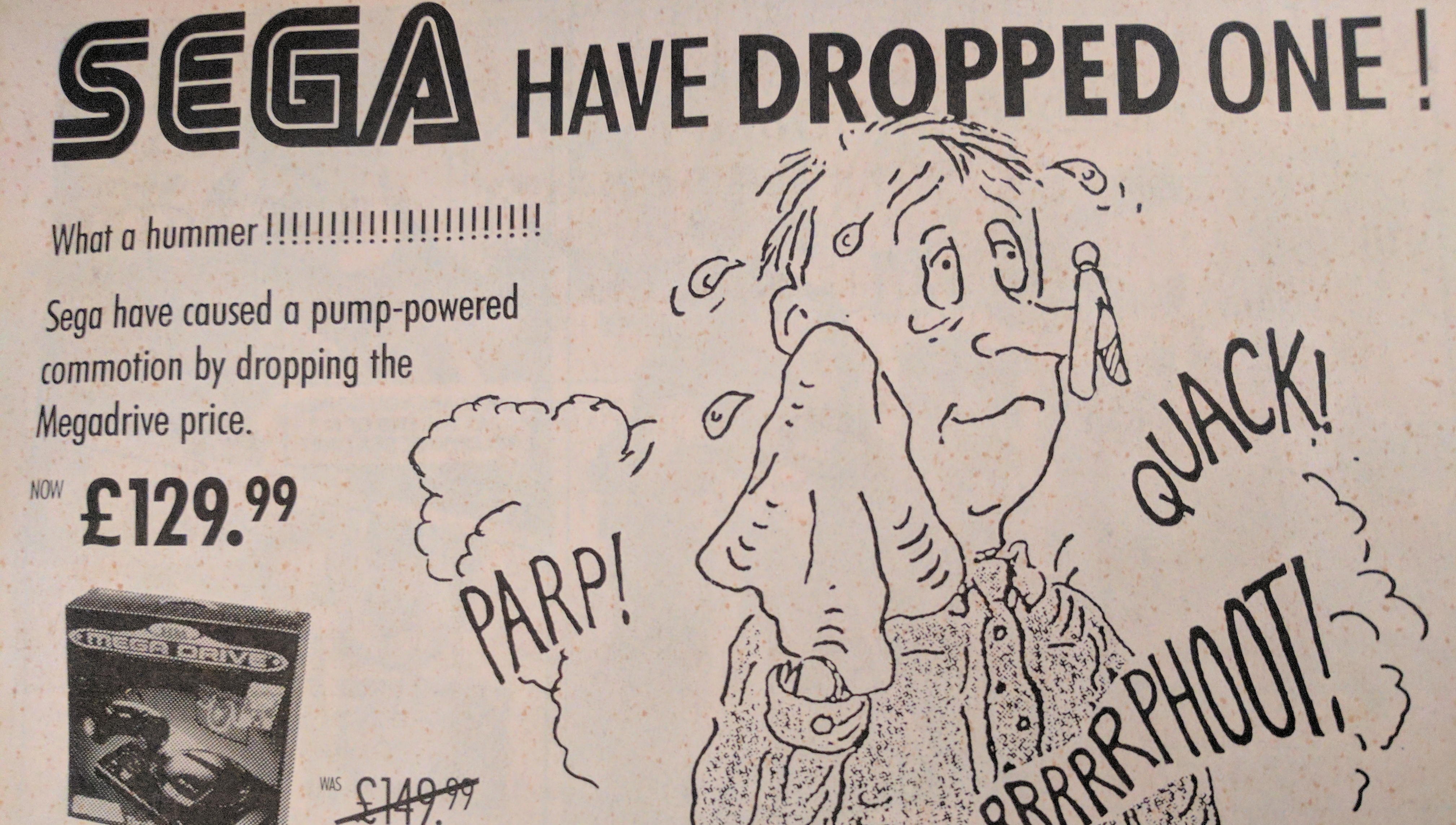
The humor is crass and rude (very much in keeping with the publication it appeared in), but it showed that Sega was pitching this at adults as much as the cool (and naughty) kids who were sneakily reading Viz as well. You’d never catch Nintendo doing that.
The Sega Mega Drive/Genesis also had Blast Processing, which was much cooler sounding than any technology found in the SNES, even if it was mainly just marketing fluff. However, perhaps the best feature the Mega Drive/Genesis had over the SNES was that its plastic shell didn’t turn urine-yellow when left in sunlight. Beat that Nintendo fanboys!
Battle of the mascots
The battle between Sega and Nintendo in the late 1980s/early 1990s was typified by the companies’ mascots. While Nintendo had the cuddly, mushroom-gobbling plumber Mario, Sega had Sonic, a ‘rad’ and ‘extreme’ hedgehog ‘full’ of ‘attitude’.
While the levels Mario made his way through required pin-point jumping accuracy, careful climbing and large-scale reptile genocide, Sonic’s levels were designed to be belted through at breakneck speeds, the hardware of the Mega Drive sometimes struggling to keep up. Falls or mistimed jumps rarely ended in death, but instead highlighted a new way through the level – which kept the high pace of the gameplay from being interrupted.
While World 1-1 of Super Mario Bros is undoubtedly a masterpiece of level design, me and my friends played though Emerald Hill Zone 1 in Sonic The Hedgehog 2 far more times, as we tried to beat each other’s fastest time. It required memorising the levels and knowing every shortcut, an early precursor to speed run challenges.
Add-ons galore
The Sega Mega Drive/Genesis was in production for almost 10 years, and Sega attempted to prolong its lifespan with a series of add-ons for the console. While these add-ons were mainly curiosities, it showed an inventiveness and willingness to try new things that is often absent in recent console generations.

The Sega CD connected to the Mega Drive and allowed it to play CDs, which were all the rage at the time. The audacity of launching a £270 ($299, AU$400) add-on for a console was unheard of, and while not many console makers have attempted that folly since, Sony’s PSVR feels like a continuation of that mindset.
You could also argue that Sega’s other add-on, the 32X, which boosted the Mega Drive/Genesis’ processing power and was seen as a stopgap mid-generation release before the 32-bit era properly launched, was the forbearer of the PS4 Pro and Xbox Scorpio mid-gen upgrades.
Let’s not leave out innovative cartridges such as Micro Machines, which included two additional controller ports for four player multiplayer, and Sonic & Knuckles, which let you plug in Sonic 2 or Sonic 3 cartridges and play as Knuckles.
While many people have suggested that these off-the-wall ideas contributed to Sega’s downfall, they also typified the exciting innovation that was happening with games consoles at the time. While I enjoyed the Saturn, and adored the Dreamcast, Sega’s follow ups, the Mega Drive/Genesis was Sega’s last great console, and its rivalry with the SNES meant that anyone who lived through the great console war of the 16-bit era had some amazing memories of fantastic games.
Sega Mega Drive / Genesis' best games
Sonic the Hedgehog 2
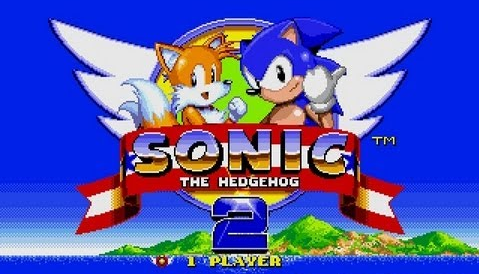
To be honest, you could pick any of Sonic’s 2D 16-bit adventures and be certain you were in for a great time. While Sonic’s star has fallen with the move to 3D, back in the early ‘90s Sonic’s breath-taking level designs, artwork and music showed Sega was at the top of its game. While 3D Sonic games failed to capture that magic, Mega Drive-era Sonic still holds considerable influence, and this year’s eagerly awaited Sonic Mania looks set to bring back that 16-bit glory.
Aladdin
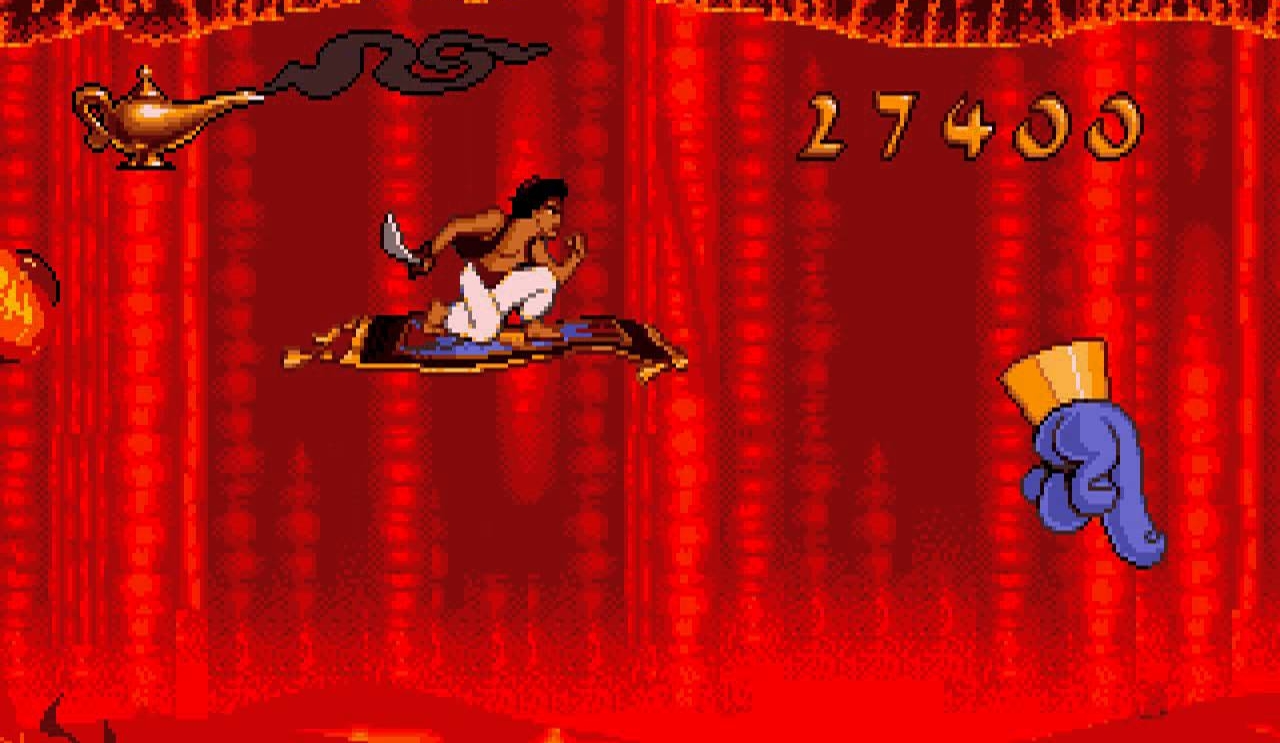
There was a time when film tie-in games were actually pretty good, and Disney’s Aladdin is one of them. Taking full advantage of the power of the Mega Drive/Genesis, Aladdin reproduces the feel of the animated movie with bright and vibrant characters and background art. It also had a fantastic set piece level where you flew through the cave of mystery on the flying carpet as lava, rocks and other obstacles flew your way. Best of all, the Mega Drive version of Aladdin was far superior to the SNES version – providing extra ammo for playground console wars!
Streets of Rage
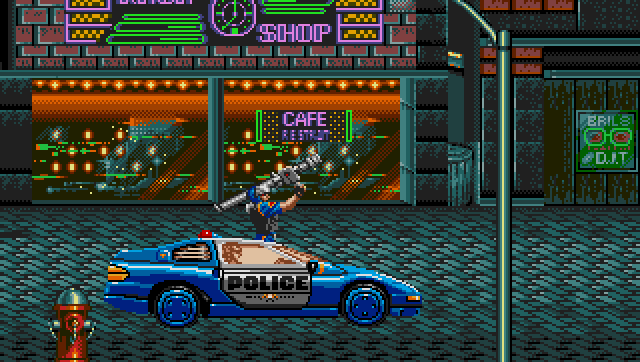
Streets of Rage brought side-scrolling action, over the top violence and arcade-like graphics and gameplay into your home. It’s one of those games that defined an entire genre, and again proved that the Sega Mega Drive/Genesis is a very different beast, with more adult games, than the kid-friendly SNES.
- Vote for your Ultimate Game of All Time and Best Gaming Hardware of All Time by visiting goldenjoysticks.com - voting ends on Nov 12.

Matt is TechRadar's Managing Editor for Core Tech, looking after computing and mobile technology. Having written for a number of publications such as PC Plus, PC Format, T3 and Linux Format, there's no aspect of technology that Matt isn't passionate about, especially computing and PC gaming. He’s personally reviewed and used most of the laptops in our best laptops guide - and since joining TechRadar in 2014, he's reviewed over 250 laptops and computing accessories personally.